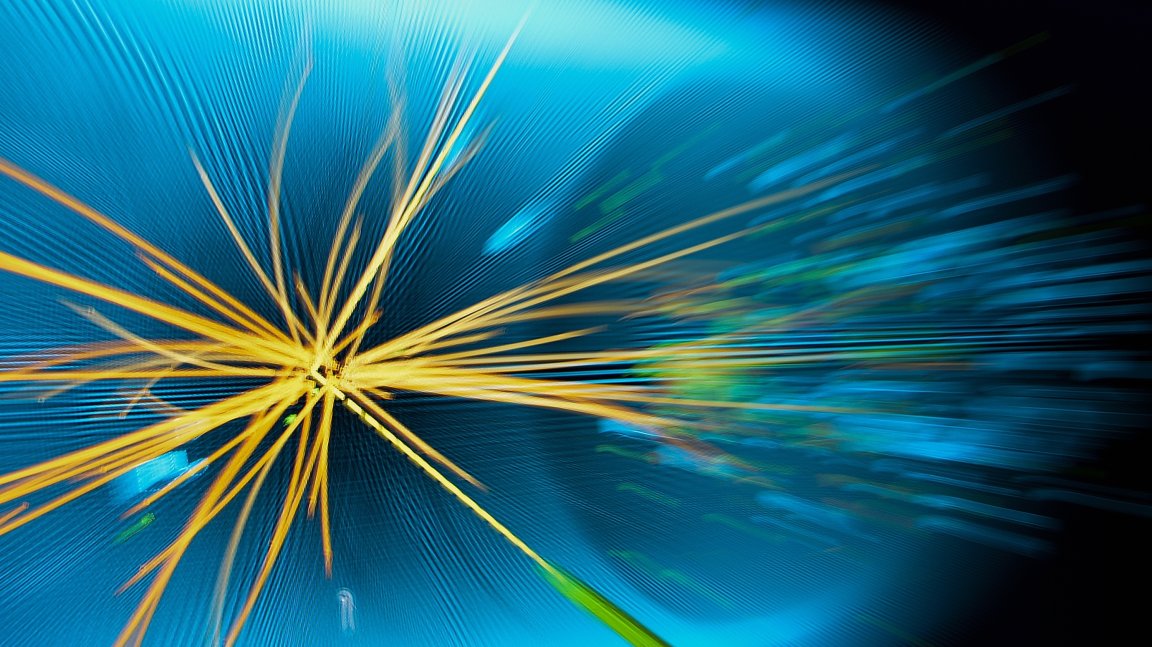
Finding Patterns
Mathematicians and physicists have noticed a strange coincidence occurring between their respective fields: the values computed from particle physics experiments seem to correspond with a specific set of values found in a branch of mathematics called algebraic geometry.
Particle physicists conduct some of their most advanced experiments at the Large Hadron Collider in Geneva, and many of those experiments generate gigabytes of data. To make sense of that information, the physicists use Feynman diagrams, simple representations of the particles and outputs connected to their collisions. Lines and squiggly lines in the diagrams represent the particles and their interactions from the collision. When details like mass, momentum, and direction are added to the diagram, the physicists can calculate the Feynman probability, the likelihood that a collision will occur according to their diagram.
While making these calculations, they noticed that the numbers emerging from their diagrams were the same as a class of numbers from pure math: periods. These values describe motives, which are basically the building blocks of polynomial functions. When you get two polynomials with the same period, you know that the motives will be the same. One example of a period is pi. Because that period appears in both the integral defining the function of a sphere and the one defining the function of a circle, a mathematician can know that the motives for a sphere and circle are the same.

Order in Chaos
To get the probability that a specific outcome will arise from a collision, physicists need to take the associated integral of each possible Feynman diagram scenario and add it to all the other integrals to find the amplitude. Squaring the magnitude of that number will give them the probability. The problem comes when working with complicated collisions that cause loops (particles emitting and reabsorbing other particles in the middle of the collision process). Calculating amplitude is far harder with more loops, but adding in more increases the potential accuracy of the diagram.
If there is a connection between periods and Feynman diagrams, understanding it would help physicists be more accurate with their predictions. They could simply look at the structure of a Feynman diagram to get an idea of its amplitude, skipping over the potentially thousands of calculations that would otherwise be necessary. This would make creating and running particle physics experiments far less complicated and offer key insights into the quantum world, which, in turn, could lead to the quantum computers that would revolutionize the fields of engineering, gene processing, machine learning, and much more.